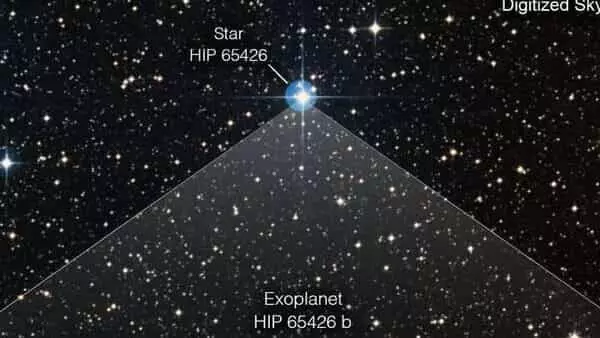
NASA's James Webb snaps first ever image of planet outside our solar system
text_fieldsThe US space agency NASA said on Friday that a direct image of a planet outside of our solar system has been taken using the James Webb telescope.
NASA has made the exoplanet image public, paving the path for the next surveys that will provide more details on exoplanets than ever before.
Shared on Instagram, a post about this incredible incident has gone viral and left people stunned.
"Baby's first exoplanet capture," Nasa wrote at the beginning of the post and then explained more about the amazing capture. "@NASAWebb captured its first image of a planet outside of our solar system—a preview of future observations that will reveal more about exoplanets," they added.
"While this is not the first direct image of an exoplanet taken from space, HIP 65426 b points the way forward for Webb's exoplanet exploration. These images show the exoplanet in different bands of infrared light, as seen from Webb's Near Infrared Camera (NIRCam) and Mid-Infrared instrument (MIRI). They look different because of the ways different instruments capture light. A set of masks within each instrument, called a coronagraph, blocks out the host star's light so that the planet can be seen. The small white star in each image marks the location of the exoplanet's host star, which has been subtracted using the coronagraphs and image processing," they explained.
Furthermore, Nasa added how the "exoplanet is a gas giant, meaning it has no rocky surface and could not be habitable."























